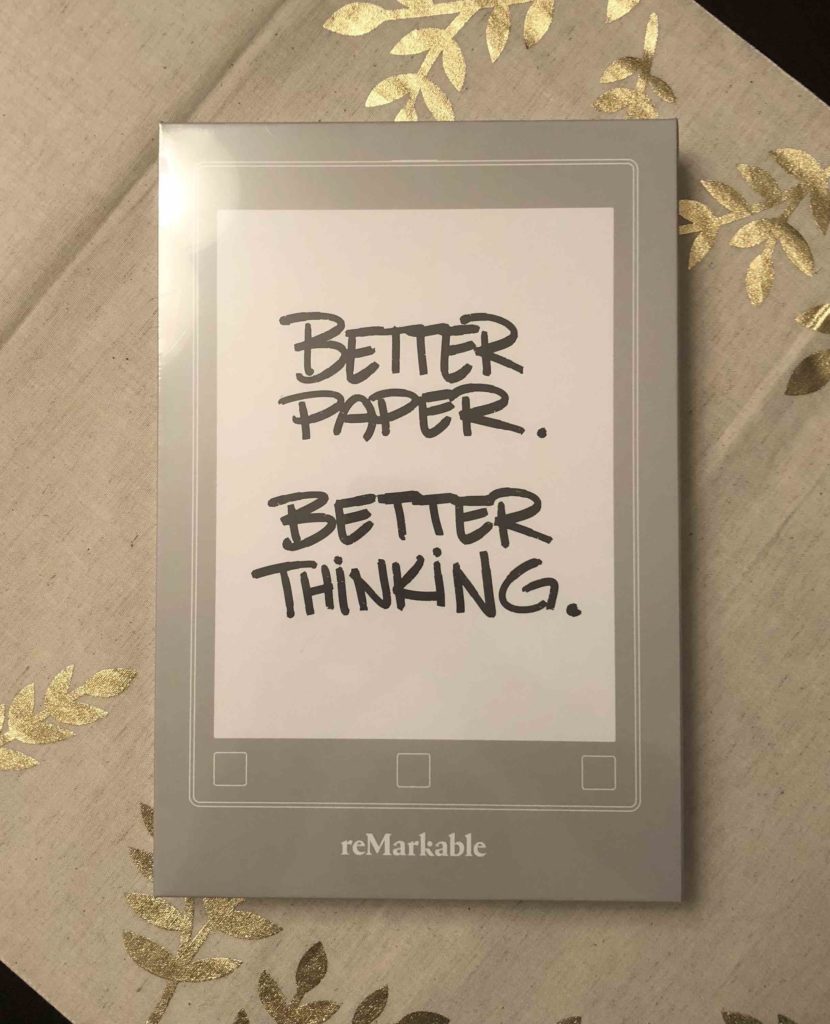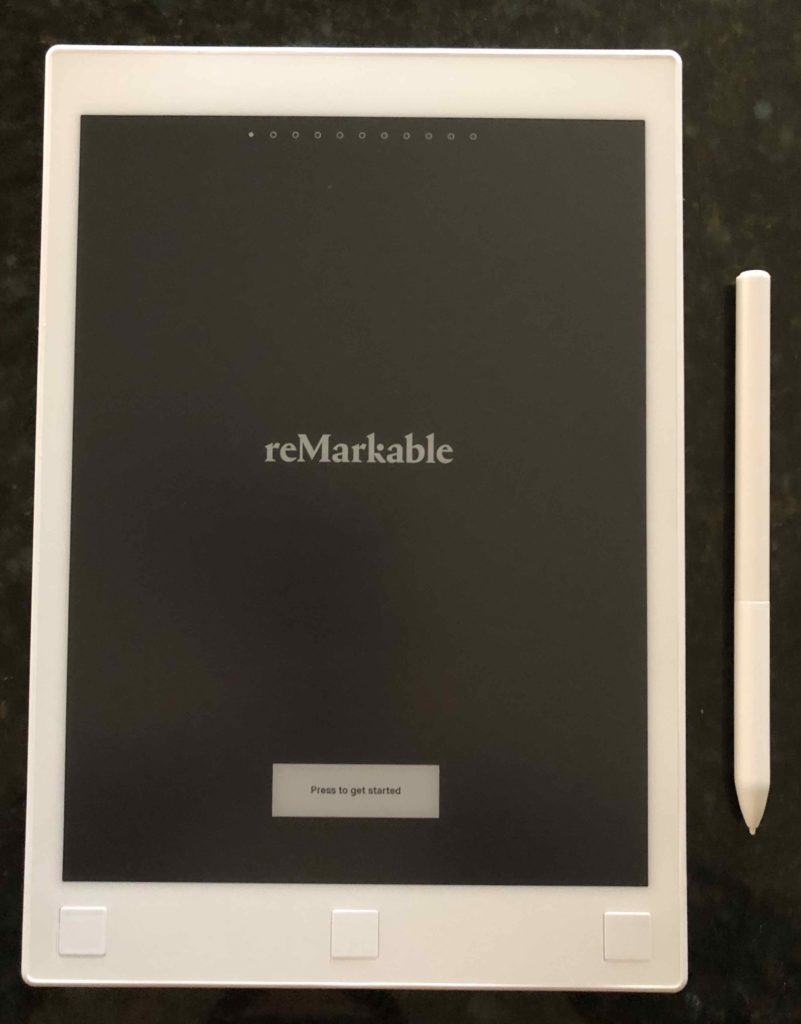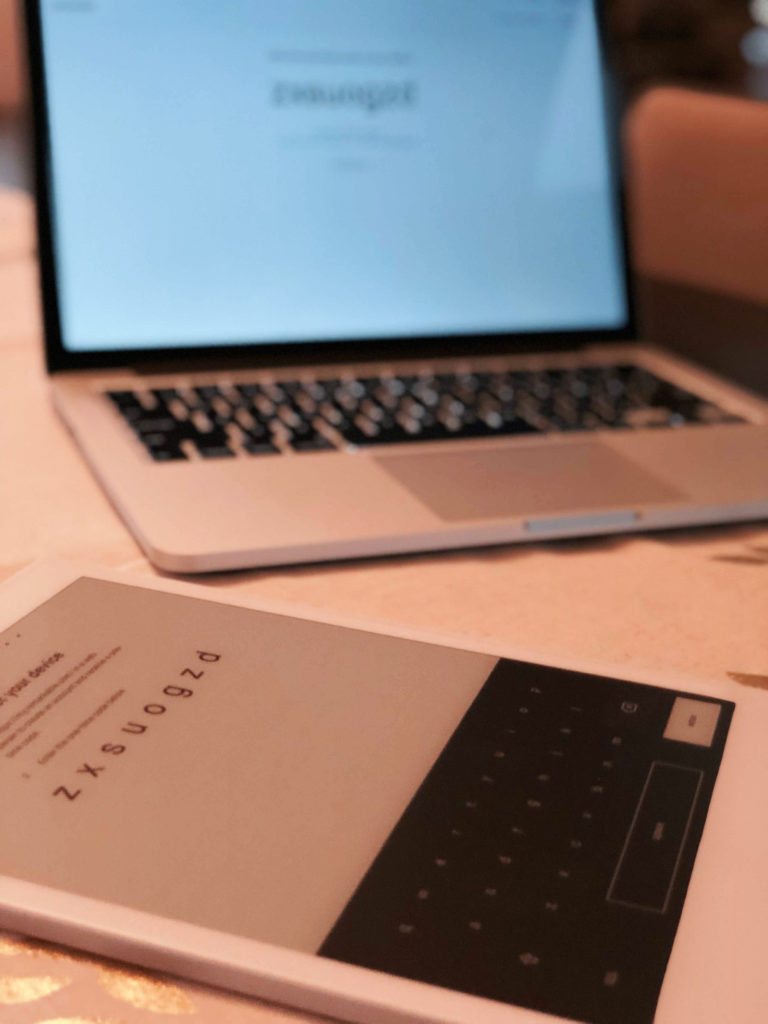I’ve been reading Jim Dahle’s White Coat Investor blog for years. And by “blog” I mean watching the WCI empire grow from blog to book to advertising magnate to website network to now e-course.
The newest WCI endeavor is a video course on the Teachable platform called “Fire Your Financial Advisor.” Because of the site you’re currently reading, I was invited to review the course a couple months back when it was first released. Which means I got it for free. In this case, it also means if you buy it for yourself after clicking that link that I also get a few bucks.
But lest that dissuade you: I don’t think this course is for everyone. Or even most people?
But before we get to the review, there’s a special deal in honor of Match Day:
Instead of the normal $499 for the course, now through Sunday, March 18 (at midnight), the course is $425 and you get a signed copy of The White Coat Investor book thrown in for free. There’s a no-questions-asked 7-day money-back guarantee, so there’s no risk (though no free book until then either). Just enroll here if you’re interested and enter coupon code MATCHDAY18 at checkout.
The Review
The WCI course is unsurprisingly like a more interactive and version of the WCI book and website with a lot of video (a good chunk of which is reading from a teleprompter with bluegradient background). Though scripted, the delivery is solid but not flawless. There’s also an audio bug (which they are in the process of fixing) that plays the mono audio as single channel stereo (i.e. it comes out of only one of two speakers). The default speed was a bit slow for me but easy to change, either for the whole course or on a per video basis (I’m always a 2x kind of guy).
The big plus side to this particular course, as opposed to most books and finance websites, is that the lessons include a game plan that once completed will result in a real on-paper financial plan for you and your family such as you would get from an actual financial advisor. Actual financial advisors also cost money, often a lot of money (either upfront or in fees), and thus the big-ticket price for admission here is far more reasonable in comparison. A course like this is an investment in yourself.
The thing about financial literacy is that anyone, and especially a high-income professional, should be literate enough to understand and evaluate the work of their financial advisor. It’s the people that blindly trust their advisors and don’t know what they’re paying for that get fleeced. I don’t care if he’s an old buddy from your fraternity days or your best friend’s neighbor’s cousin. So even if you never plan to spend $499 (or even $425) on a course, you should learn enough to know what’s happening in your financial life even if you ultimately decide to outsource it.
So, the theoretical niche for this product or people who want to become financially savvy and are willing to spend a good chunk of change to guilt themselves into becoming so but thus far have not had the motivation required to read very much on the subject. Sound like you? Read on!
Breakdown
Section 1 is the introduction. Section 2 is mostly background and discussion of how financial advisors get paid. Section 3 is about insurance. Section 4 is about housing. All of these are well covered in the White Coat Investor book.
Section 5 is about my favorite topic, student loans, and is substantially enlarged and updated relative to the old book. Since this is my area of greatest focus, I noticed a few minor factual mistakes: one toss away error is that medical residency does not qualify for the graduate fellowship program deferment. It’s really just forbearance as an option for residents who can’t make payments. It’s also not possible to start making PSLF payments during the last few months in school as he mentions (must be working full time, cannot consolidate in-school status loans). The simplified advice to switch from REPAYE to PAYE when you become an attending is often true but not necessarily great blanket advice, as it depends entirely on if your attending income will break you past the 10% payment cap. Plenty of folks in academics will never experience this problem. And switching from REPAYE to PAYE doesn’t require the same decreased vs. full standard payment as switching from IBR does.
Dahle offers a solid overview of the basics, enough to figure out what your options are, but not necessarily always enough to really evaluate those options. He does cover PSLF well. When it comes to student loans, there are a lot of details. Some may say a whole book’s worth. While the course absolutely gets the big picture right, the bottom line is that the student loan component here probably isn’t worth the price of admission.
Section 6 is “living like a resident” and basic personal finance. Important stuff.
The remainder of the course (Sections 7-12) is really where the class differs from most books and gets you to the point where you should feel comfortable handling your own finances. That’s because Dahle walks you through how to set your goals, make your budget, and even use Excel to crunch your own numbers (which he makes much less intimidating than it sounds). He goes over asset allocation and estate planning. All of this is part of writing your detailed financial plan, which he also walks you through as you go. As in, he helps you do the things your financial planner would sit down with you to do for a lot of money.
Bottom Line
This information is not supersecret copyrightable stuff. No one has a monopoly on it, and you can find it in many places in print and online, including on Dr. Dahle’s site and in his book. This course is selling convenience, and most of all, accountability. If you spend $400-$500 on an online course, I imagine you will take it seriously. And that shouldn’t be discounted out of hand. Guilt and shame can be powerful motivators.
That accountability doesn’t come cheap, however, and the kind of person ready to plunk down several hundred dollars for an online video course may also be motivated enough to read some books and fish around online. Of course, with the 7-day guarantee, the unscrupulous learner could take the whole course and then ask for a refund.
Price aside, there’s no denying that the course is well-made and convenient. If you want a doctor-to-doctor one-stop-shop to hold your hand as you go through finally understanding personal finance, then this is it.
While you could go through the videos in few hours, it will take several more to really do the class assignments.
And, if you do, it would be money well spent.


